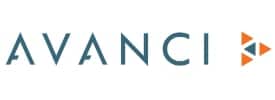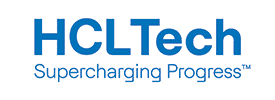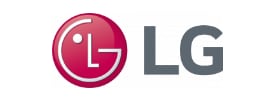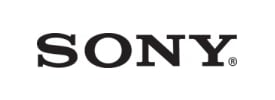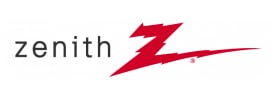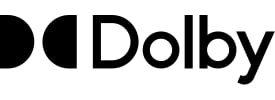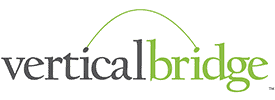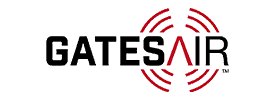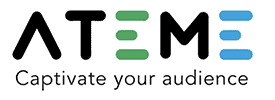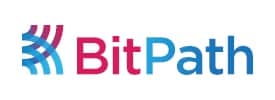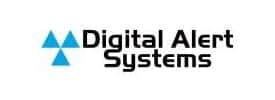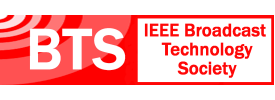- About
- Members
- Sponsors
- Subcommittees
- Technical Documents
- News
- Events
- Spotlight ATSC 3.0
- Contact Us
- Member Login
- Member Meetings
- Advanced Search
Search Site
Member Links
- About
- Members
- Sponsors
- Subcommittees
- Technical Documents
- News
- Events
- Spotlight ATSC 3.0
- Contact Us
- Member Login
- Member Meetings
- Advanced Search
ATSC Standards Update: Five Documents Now at Ballot
Posted on February 3, 2023 in ATSC News
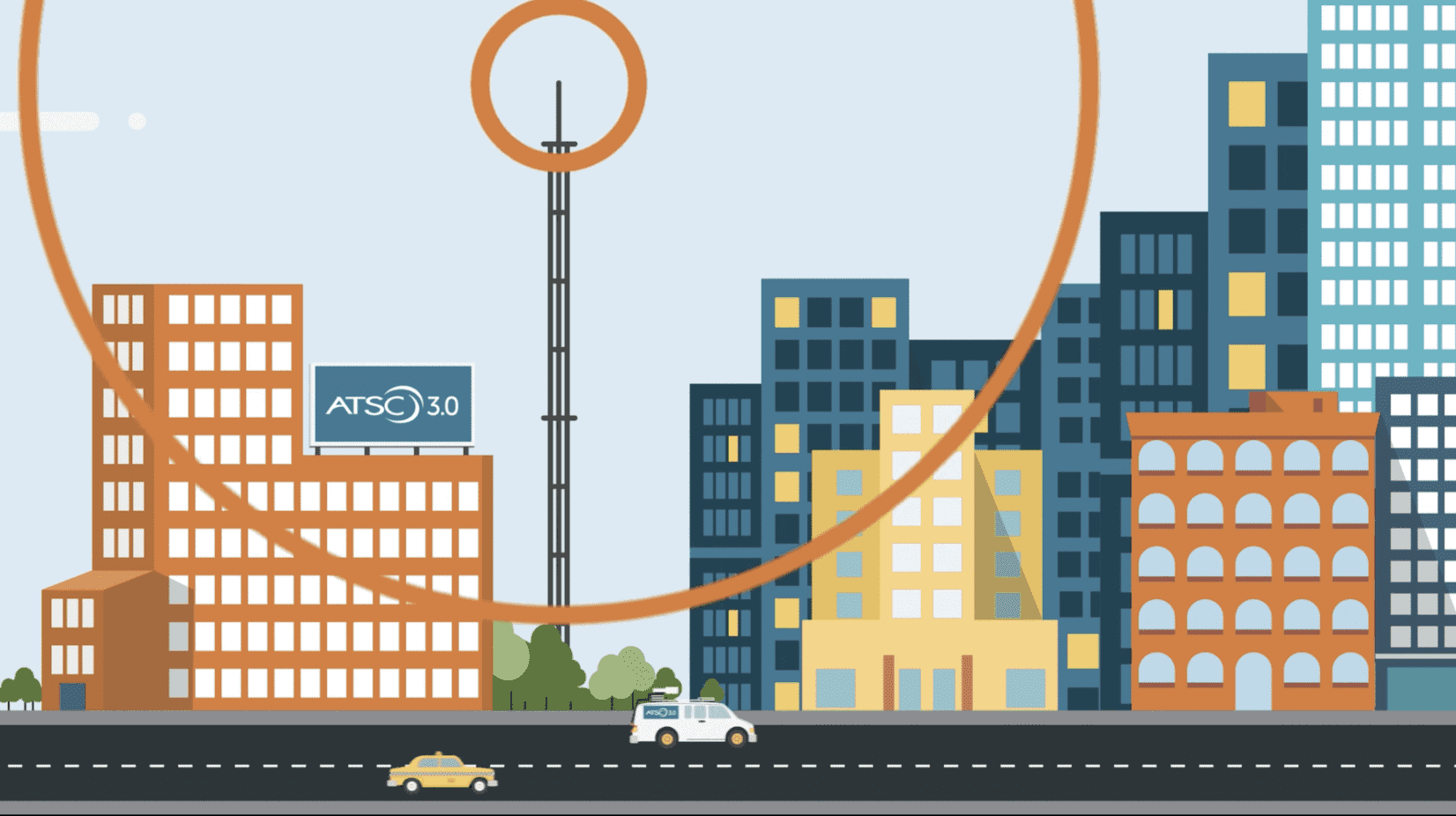
Five documents are currently at ballot of the full ATSC Membership. They are:
• S33-599r1, “ATSC Proposed Standard: A/331:2022-11 Amendment No. 1, Application Lifecycle”. The ballot closes on February 8. This amendment removes the Broadcaster Application Lifecycle provisions (Section 7.1.2.3), and then defers to the revision of A/344 now at ballot. See below.
• S33-609r2, “ATSC Proposed Standard: A/331:2022-11 Amendment No. 2, Timing/Buffer Model – IMSC1.” The ballot closes on February 16. This amendment addresses the need for special timing and buffering consideration for IMSC1 tracks, adds required timing constraints, and introduces possible implementations.
• S38-413r6, “ATSC Proposed Standard: A/344:2022-03 Revision, ATSC 3.0 Interactive Content.” The ballot closes on February 17. This revision includes a number of updates and changes collected since the current version of A/344 was published last year. It also includes the Application Lifecycle changes as detailed above.
• S36-360r2, “ATSC Proposed Recommended Practice: A/362:2022-03 Revision, Digital Rights Management (DRM).” The ballot closes on February 20. This revision includes formal JSON Schema for DRM APIs, which had previously been shown by less formal means.
• S39-032r4, “ATSC Proposed Standard: A/53 Part 3:2013 Amendment No. 1, AVC Signal Transport.” The ballot closes on February 15. This document aligns ATSC A/53 Part 3 with the method of implementing AVC compression of multicast programs that have been implemented in broadcast transmissions and are anecdotally reported to be received successfully on a large majority of “smart” DTV sets.
Ballots of the full ATSC Membership are conducted on a dedicated group on the ATSC member workspace known as the Member Representatives group. This group is made up of the primary representative from each member company.
The ATSC member workspace system sends out a notification when each ballot opens. Reminders are sent to members who have not already voted 1) one week before the ballot closes, and 2) one business day before the ballot closes. After a ballot has closed, voting details are available to members of the group. Comments submitted during the ballot period also may be viewed. Notification of a closed ballot and the results of that ballot are sent to members on the business day following closure by ATSC staff.
Posted in ATSC News
News Categories
News Archives
Subscribe
Subscribe to The Standard, our monthly newsletter. Learn More
Join ATSC
ATSC is a membership organization with both voting and observer categories. Voting members include corporations, nonprofit organizations, and government entities, and they participate actively in the work of ATSC. Observers are individuals or entities not eligible to be a voting member.
Subscribe to our Newsletter
Subscribe to The Standard, our monthly newsletter, to stay up-to-date with ATSC news and events around the world.
Site Links
Contact Us
ATSC
1300 I Street NW, Suite 400E
Washington, DC 20005 USA
Do you have questions about ATSC?
About ATSC
ATSC, the Broadcast Standards Association, is an international, non-profit organization developing voluntary standards and recommended practices for digital terrestrial broadcasting. Serving as an essential force in the broadcasting industry, ATSC guides the seamless integration of broadcast and telecom standards to drive the industry forward. Currently, the ATSC 3.0 Standard is providing the best possible solution for expanding the potential of the broadcast spectrum beyond its traditional application to meet changing needs. From conventional television to innovative digital data services, ATSC has one clear goal: to empower the broadcasting ecosystem like never before.
© 2025 ATSC


